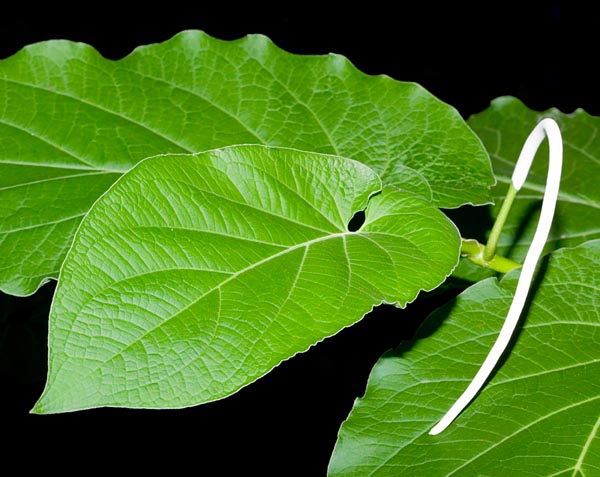The hydrosol isn't worth to go after, I know that as one of ours extracted ten kilo of roots(whole roots, chipped), with the result being 240ml of
safrole(forgot the amount of the natural oil, but read the report for yourself if you're interested in this.
Its called "an oldie but goodie - xxx goes from roots to crystals" in the publication section next door.
Also, I hope it wasn't mum's blender you used for shredding the plant material 
You are planning on doing what with the oil? isolating the main compound is obviously one of the ideas driving your motivation for this project 
I would be interested how much of the oil turns out to be your desired compound.
As the 240ml above, of twenty times as much material, were after vacuum fractionation and the desired substances even already distilled twice in
vacuo, and thats all what he got out.
So thats just eight times your products volume, made from twenty times of what your substrate weighed.
Although yours sounds like it was superior bark mostly and not whole chipped roots.
Besides this, nice and interesting piece of work.
You really should take a look into the mentioned thread, and all the other pieces of work from the same person(actually his neighbor), they all start
with the isolation of ethereal oils and how to process each of them to the respective final product. |



























